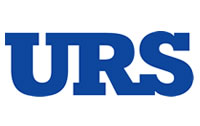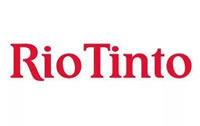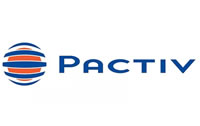High performing workers want leaders to be attentive to the good work and assertive in fixing the bad.
When I’m working in manufacturing plants, one of the first things I look for is whether the workers are reactive, controlled, or high performance. Reactive organizations waste a lot of time and energy. They start in one direction, get derailed, regroup, and set off in other directions. People in the plant are frustrated and some have resigned themselves to the fact that things won’t get better.
Controlled organizations are more disciplined. They set a plan of action and try hard to keep true to the plan and schedule. They deviate only for legitimate reasons. Accountable leaders treat deviations as exceptions, not “the way we do things.” Those leaders and their team members try to avoid those same deviations in the future.
A handful of organization are what I call high performance, meaning they not only plan and execute their activities well, but they also use feedback and data to continuously improve the process. No high-performance organizations are reactive. High-performance organizations achieve and maintain control of their day-to-day activities. An organization in a reactive mode often has ineffective mid-level managers, who don’t effectively walk the floor. They may make an appearance from time to time. But when they do, they are not really affecting performance.
People in leadership positions are not, by virtue of their job title, productive leaders. Productive leaders influence the performance of their teams in positive ways. They interact with the people that report to them in ways that guide performance.
Over the years I have written a few times about the five leadership attributes—characteristics that a leader needs to learn and practice. Leadership attributes, like all other elements of the Productive Leadership Model™ can be learned by anyone that wants to dedicate some time and thought to doing so. The first letters of the five attributes spell CARMA. It stands for consistent, attentive, respectful, motivational, and assertive. Leaders that want to move from reactive to controlled, and from controlled to high performance need to understand and practice CARMA.
To get started, a leader should master being attentive and assertive. Attentive basically means paying attention or being curious about how things are happening. In particular, curious about whether the things you think are happening are actually happening. Get out from behind your desk at different times of the day. Walk the floor. Make observations between what you think is happening and what is happening. Are policies, plans, processes, and procedures being followed?
The second part is being assertive. Assertiveness is acting when something needs to be done. Being assertive means addressing the issue, head on; don’t procrastinate. Always address issues in the correct manner. If the issue is with work center personnel, address it through the work center supervisor. If the issue is with one of your direct reports, deal with that person directly.
Too many leaders feel that being attentive and assertive will be perceived as “micro-managing.” Get over it! It’s your job. The reason to be attentive is to know whether or not the people under you are doing what they are supposed to be doing. You’re accountable for their performance. Being assertive is showing respect for the people who are actually following policies, plans, processes, and procedures.
Certainly, you should have trust in your direct reports and their teams. But a former president once coined the phrase “trust, but verify.” How much you directly observe activities is related to the level of trust that has been earned. But a leader must spend time out and about, making observations.
People who are good performers want you to be attentive and assertive. They want to know you see them doing good things. They also want you to be assertive in addressing those who are not good performers.
There is no substitute for a leader spending time out and about being attentive. There is no substitute for leaders being assertive in addressing deviations from policies, plans, processes, and procedures.
Go forth and do great things.
This story originally appeared in the June 2021 issue of Plant Services. Subscribe to Plant Services here.


















